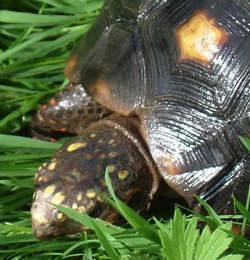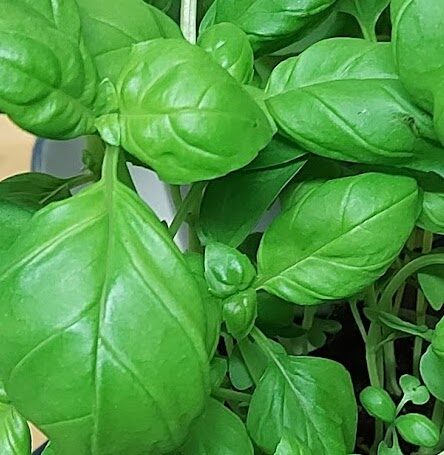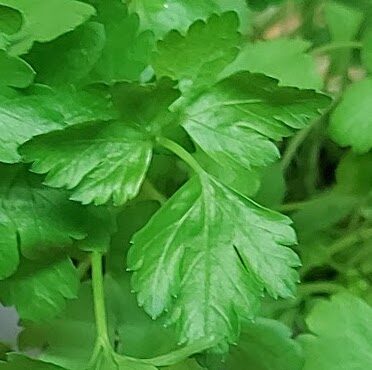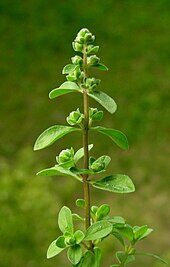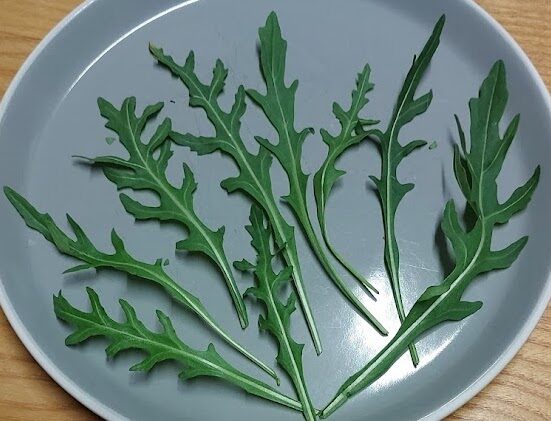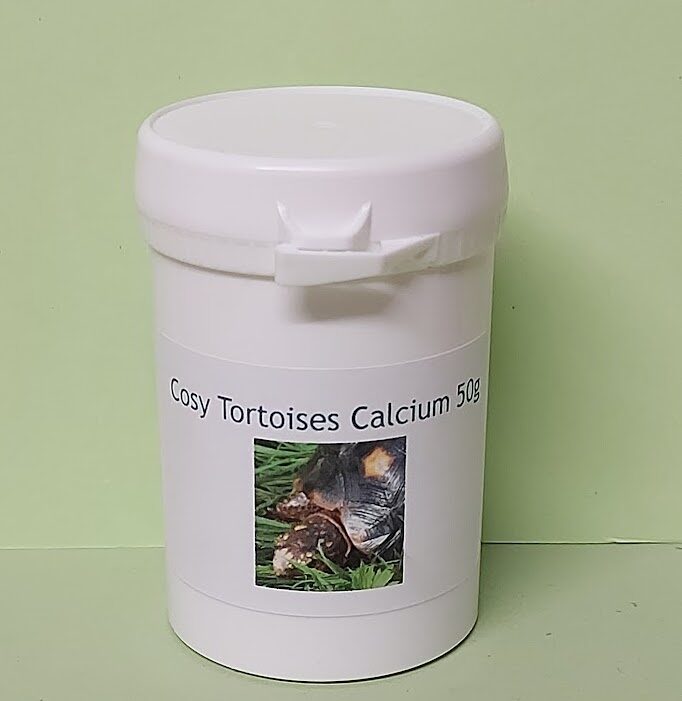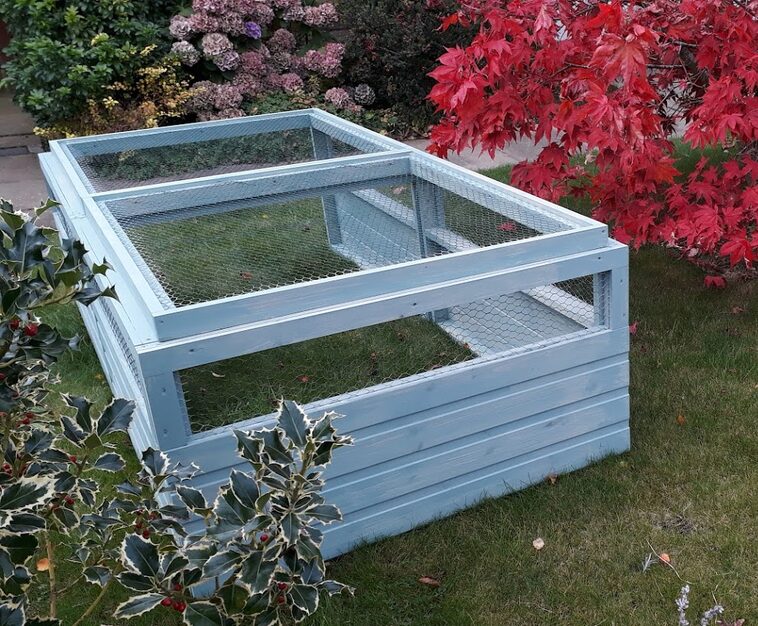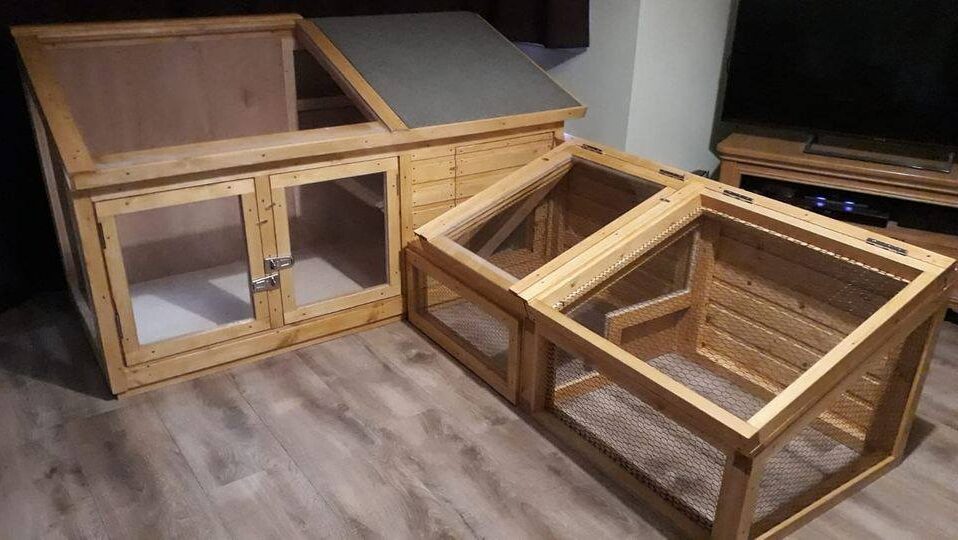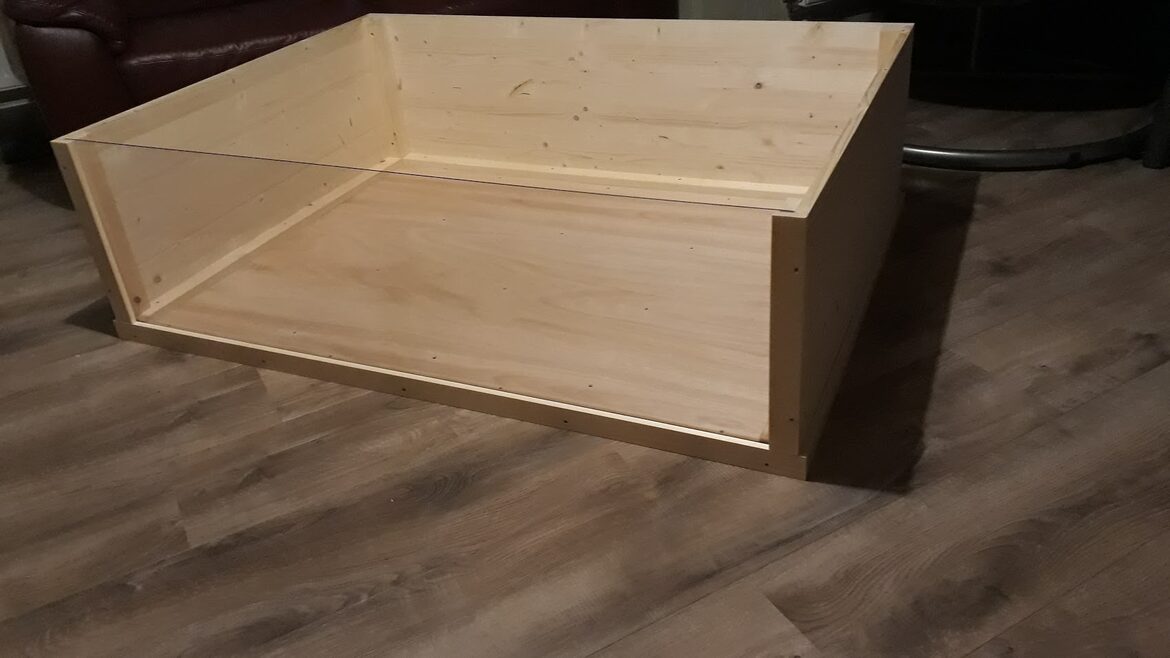Heating for Tortoises
Tortoises are cold blooded reptiles and therefore cannot generate heat in their bodies. They require a heat source in order to be active and thrive.
In their natural habitats tortoises source of heat is from the sun. Some people think that the top of a tortoises’ shell acts rather like a solar panel. Tortoises come from many parts of the world where the sunlight is more intense than in the UK, so during the day higher temperatures are normal. The UK has a temperate, variable weather pattern that is generally too cool for tortoises and lacking in UVA and UVB for most of the year.
Therefore to keep tortoises healthy and capable of digesting food well, it is essential that heating sources are readily available for tortoises at all times (except for in hibernation).
Over time, tortoises will learn to know where the heat source is, so it is a good idea to have a permanent position for the heat lamp.
There are many different types of heat sources available, but in this blog we will only consider ones which are designed for tortoises - dome reflector heat-lamps with Infra Red bulbs connected to a dimmer thermostat.
A dome reflector will direct heat downwards towards the ground rather than heating above and around. It is paramount that the heat-lamp is fitted with a dimmer thermostat that gradually changes the power to the lamp and maintains the required intensity when established (rather than switching the bulb off when the required temperature is reached). This will allow you to set up the correct temperature range for your tortoise and provide effective basking. Heat-lamps can vary in size allowing different sized basking spots of heat on the ground that should be adjusted depending on the size of tortoise. It may be necessary to have more than one heat-lamp depending on the floor space for where the tortoise is living.
The ground under any heat source should be a material that is not a fire risk with over-heating. Soil and sand are good, but if a layer is used over a wood layer or other housing material then a heat resistant tile may be used to protect them. Any soil or sand layer on the floor (substrate) directly under a heat-lamp will heat up and get dry so it is a good idea to wet that area carefully if your tortoises can tolerate a high humidity environment. Alternatively, changing the substrate directly under a heat-lamp more frequently than the rest may be necessary.
With any set-up, the tortoise will need a cool area that is at least ten degrees lower than their basking temperature. This will give the tortoise the option to move away from the heat-lamp and choose what temperature they want to be.
Heat-lamps are not suitable for outside use, unless they are protected from wet weather at all times. Sitting a heat-lamp inside an All-Season House with a Sunroom is ideal. Heat-lamps should be fitted with a circuit breaker to protect your house electrics in case a fault develops somewhere in the electric circuit. Ideally you should employ a qualified electrician to put a permanent outdoor socket in your garden beside the tortoise house that has its own dedicated trip fuse.
We would recommend Infra Red (IR) bulbs because the tortoise cannot see Infra Red. Your tortoise needs heat day and night. A combined heat and UV bulb can be an issue because the UV should not be on at night time but you still need the heat. Combined heat and UV bulbs are far more expensive than an IR bulbs and cannot be used with a dimmer thermostat.
Digital thermometers should be used to monitor the temperature at all times preferably with an alarm system that is triggered if the temperature is too high or low.
Finally, it is important to remember that different species of tortoises will have different temperature range requirements. This is usually based on their natural habitat, so Mediterranean species generally bask between 24-30 degrees C and have a preferred background temperature of around 15 degrees C with an absolute minimum of 10 degrees C. Tropical tortoises are similar but some species can need a higher basking spot up to about 35 degrees C, but usually require a higher humidity and background temperature above 20 degrees C. Some African tortoises do well being treated like Tropical tortoises and others that come from drier habitats like Egyptian tortoises require access to high UV and lower humidity (drier) environments, with a greater temperature range to mimic the hotter daytime and cooler overnight temperatures in the desert.
